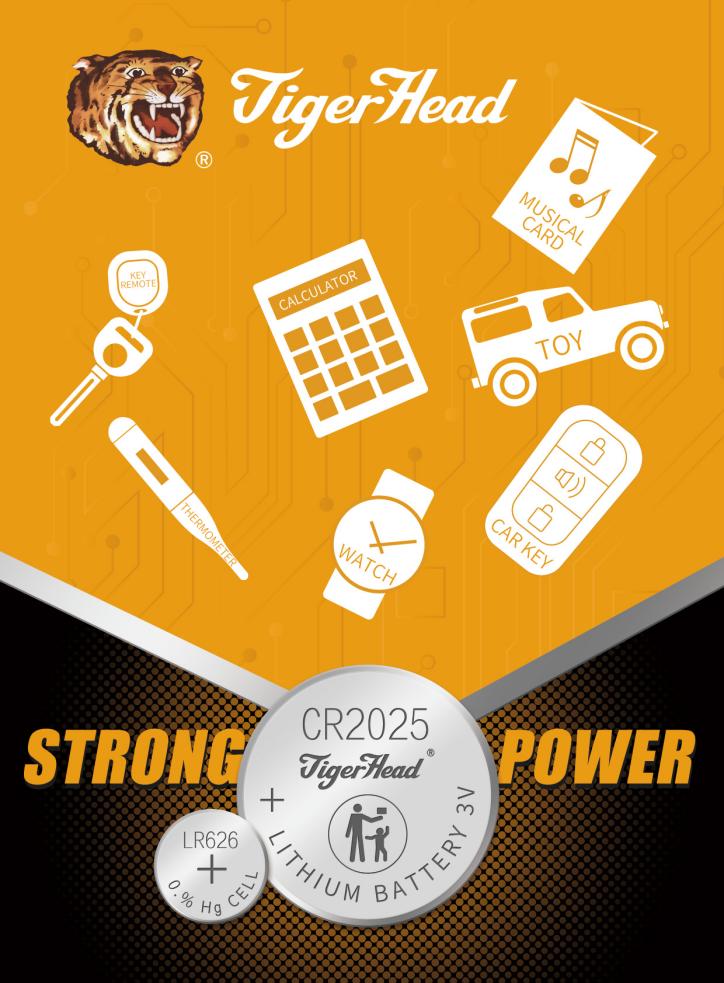How do you store lthium button cell battery correctly?
Button cell batteries power electronic watches, cameras, flashlights, remote controls, and other electronic products. As button cell batteries become more widely used, we thought it was meaningful to understand how to properly store them.
If you have batteries that you don't need for a while, you need to know where they are and that they're still in good working order if you need them.
How to Store Button Cell Batteries in a Safe Way?
A big problem with coin cells is that children and pets can accidentally swallow them. Accidental ingestion of button batteries can damage the esophagus and be life-threatening in severe cases. Therefore, it is a brilliant way to keep these devices out of children's sight and reach.
Environmental factors are the biggest threat to keeping button cell batteries in good condition during storage. To properly store button cell batteries, keep them in their original packaging (or put them in a plastic container) and in a cool, low-humidity place. If possible, use a plastic cover to prevent corrosion.

Other Things You Should Be Aware of
1. Keep Away from Heat and Humidity
Please avoid excessively hot and humid environments if you want to extend the life of your button cell battery. The best way is to keep the battery in a cool, dry place at room temperature.
2. Keep Old and New Button Batteries Separate
Mixing old and new batteries in the device may result in battery leakage or damage to the device.
3. Do Not Put Button Cell Batteries into Metal Containers
To avoid leakage or rupture, make your button cell battery does not come into contact with metal objects. Optionally, place them in a battery storage case if possible, which prevents moisture from damaging the battery.
4. Do Not Mix Chemicals
Button cell batteries may react with other battery chemistries. Avoiding mixing chemicals can greatly reduce the risk of a battery short circuit.
5. Tape It with Tape for Storage
If you've lost the original packaging, tape your batteries with non-conductive tape, whether you're trying to store them safely or recycle them. Applying non-conductive tape also prevents the risk of children or pets swallowing the battery.
6. Keep a Certain Distance from Valuables
Make sure you store your batteries away from valuables. It is important if you plan to store your button cell batteries for a long time.
7. Check the Battery Before Each Use
A shorted or damaged button cell battery may not always be discernible, so it's necessary to check whether the battery is for puffiness, heat, or other changes before use. When you find something wrong with the battery, learn more about battery disposal and dispose of discarded batteries wisely.






